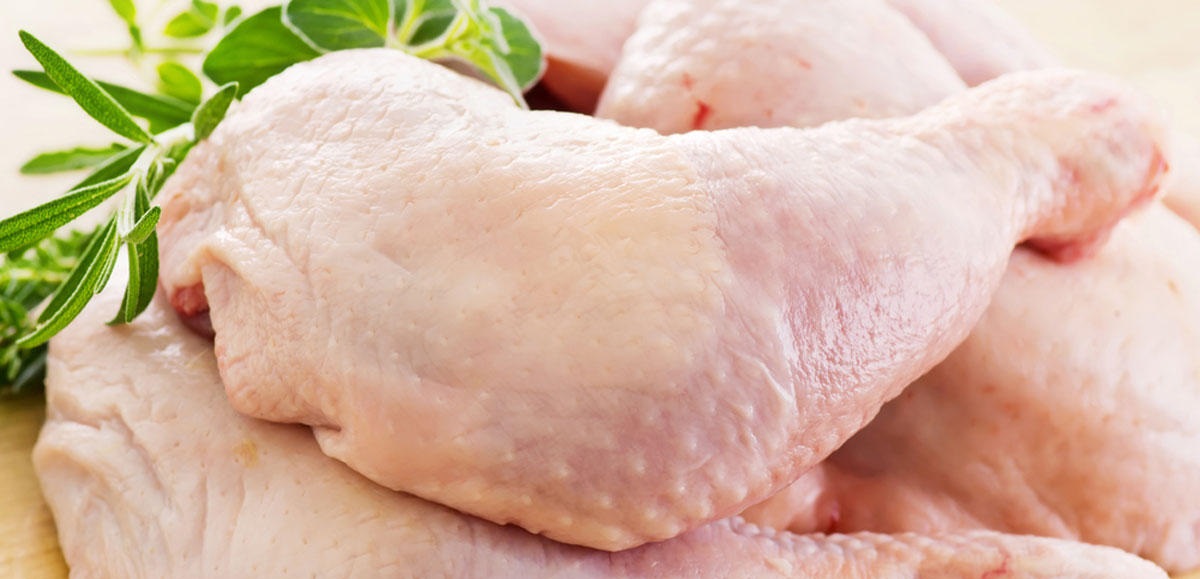
The Food Standards Agency has published results from its survey of campylobacter on fresh shop-bought UK-produced chickens, showing a reduction of 9.3 per cent.
The figures show that on average, across the market, 6.5% of chickens tested positive for the highest level of contamination, carrying more than 1,000 colony forming units per gram (cfu/g).
This is down from 9.3%, for the same period last year.
This is the second set of results from the FSA's third annual retail survey, based on tests of 1,051 whole fresh chickens sampled during January to March 2017.
The latest data from the survey also found that the figure for high-level campylobacter prevalence among the nine named retailers was 5% (compared to 7.8% in January to March 2016).
The data shows the retailers which had significantly lower levels compared to the average among all retailers were M&S, Morrisons and Waitrose at 2.5%, 2.8% and 2.7% respectively.
The group consisting of a number of smaller retailers and butchers (‘Others’), had a significantly higher level (16.9%) compared to the market average.
48.8% of chicken skin samples tested positive for campylobacter at any level, compared to 50% which tested positive in the same period last year.
The FSA has been testing chickens for campylobacter since February 2014 and publishing the results as part of its campaign to bring together the whole food chain to tackle the problem.
Campylobacter is the most common cause of food poisoning in the UK.
